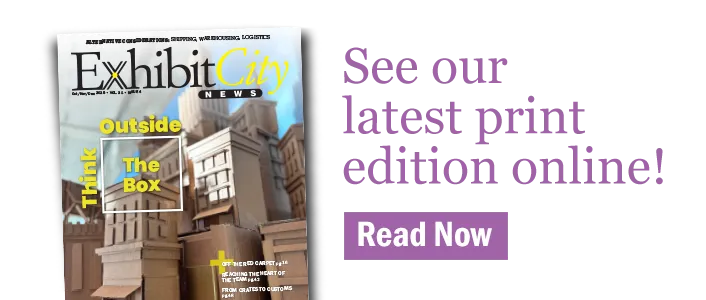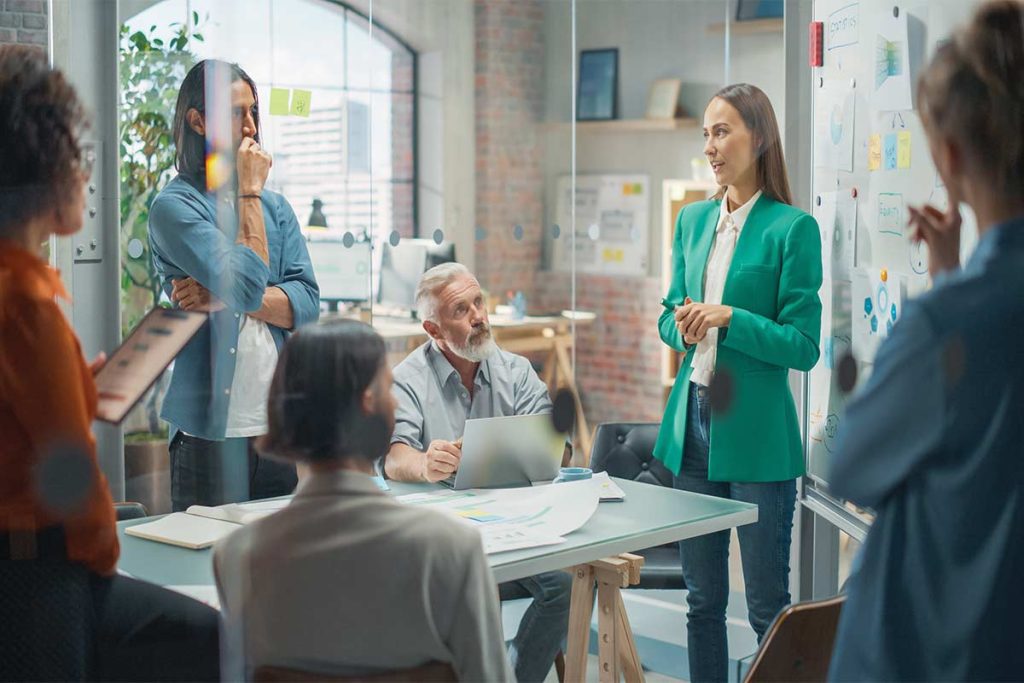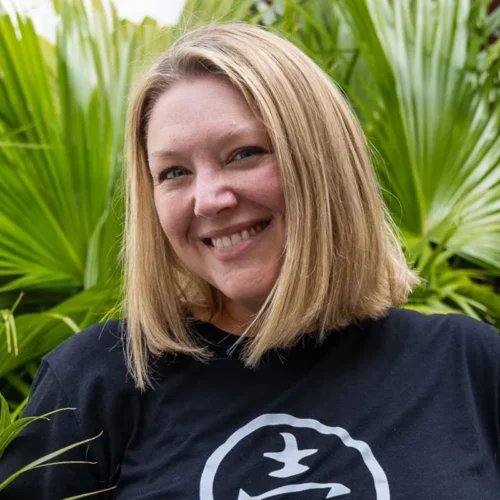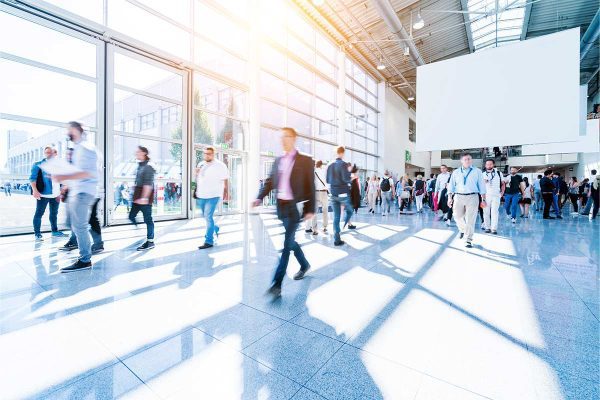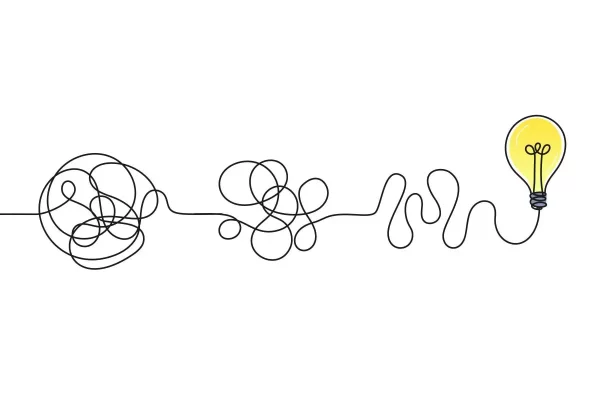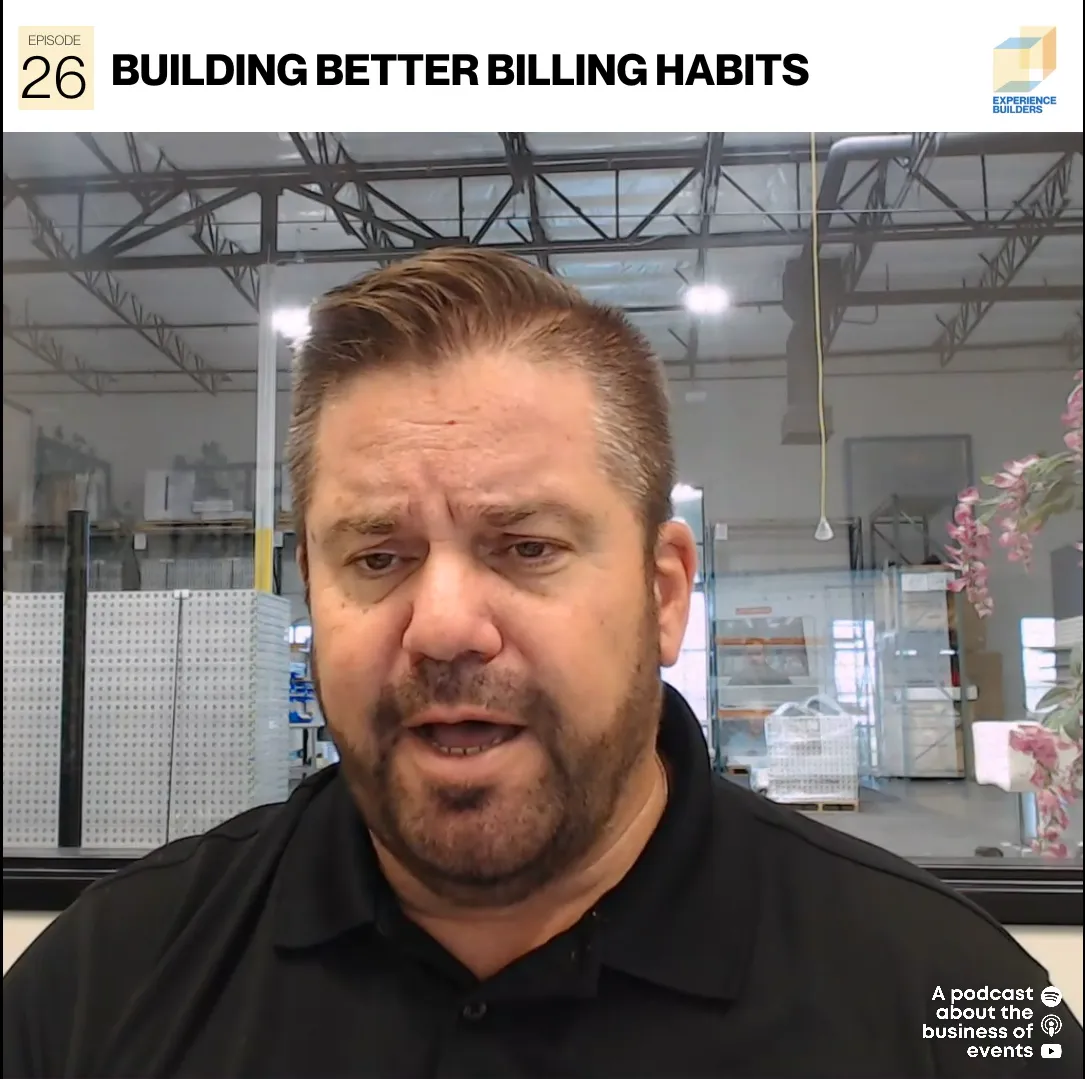Impressions, badge scans, leads, MQLs, SQLs, in-booth demos – all the same metrics having all the same fun. But I have a new metric to offer: Conversation Density.
It’s a metric that was originally used in social media measurement to determine how much share of voice a particular topic is getting online.
I want to translate it into live event parlance and co-opt it for our use here: How long are attendees spending having actual, revenue-driving conversations in your booth, and how can you increase that time?
Gone are the days of spinning wheels and handing out disposable swag to get badge scans. Stop measuring dwell time in the booth when people are only in the booth to get a picture with the celebrity you hired. SDRs want leads who want to answer the phone to solve a problem they’re having.
It needn’t be complicated or expensive to move the experience from transactional to relational. It’s all about the power of human engagement.
Going digital and adding interactive games and touch screens is a great way to attract people into the booth for fun and education. Yet, the power of a simple question and engaging them to share their answer can do so much more and drive real conversations that convert.
Leveraging the concept of a Spontaneous Think Tank with the core tenets of crowdsourcing challenges and problem-solving conversations, exhibitors can engage attendees by asking them what problem they’re trying to solve today and inviting them to contribute in the booth.
With only a 10×10 booth space and desire to attract attendees to a new event app, Skoop used the power of the question paired with olfactory senses to draw a crowd.
They placed three large clear vases on a table, each one labelled with a challenge that attendees might be trying to solve with technology. Next to the vases was a large bag of coffee beans and a coffee scoop. They invited attendees to take a scoop of beans and vote on the problem that was the highest priority for them.
This simple invitation, along with the delicious aroma of coffee beans, attracted not only great conversations, but also helped the company prioritize upcoming features on the product roadmap, thanks to the real-time feedback. In appreciation for participating, attendees received a branded Skoop coffee scoop to take with them – swag that tied into the experience.
Using this method, staff was able to get insights, open the door to qualified conversations for follow-up, and increase conversation density in the booth over their competitors.
Now take the JLL Technologies example: Through tactile engagement with large Post-It Notes and Sharpie marketers, participants at MaximoWorld were invited to add their challenges to the “wall of woes” in the booth. This conversation opener allowed attendees to feel like they were participating in a larger experience, a phenomenon called Prosocial Effervescence, creating a sense of connection and belonging. It also allowed the booth staff to ask more probing questions about the challenge they had written. This created an opportunity to go deeper into how they’d attempted to solve it and why those attempts had failed.
The Wall of Woes served three purposes: to attract passers-by into the booth to see what challenges others are facing, to give the exhibitor insights into attendee challenges that could feed the conversations, and as guidance for in-booth theater session presentations and conversations.
By using this method in a booth, JLL Technologies increased their in-booth demo time 800%, from an average of 5-minute demos to 45-minute technology conversations. For them, adding a Spontaneous Think Tank into their 10×20 space was a hugely successful evolution to relationship-building.
If you’re looking to truly qualify conversations in your booth and drive measurable ROI, consider downsizing all the bells and whistles and digital technology and bringing back the art of conversation. The idea is not just to increase dwell time in the booth, it’s to increase the number of deep and meaningful conversations taking place with your subject matter experts, increasing conversation density.



